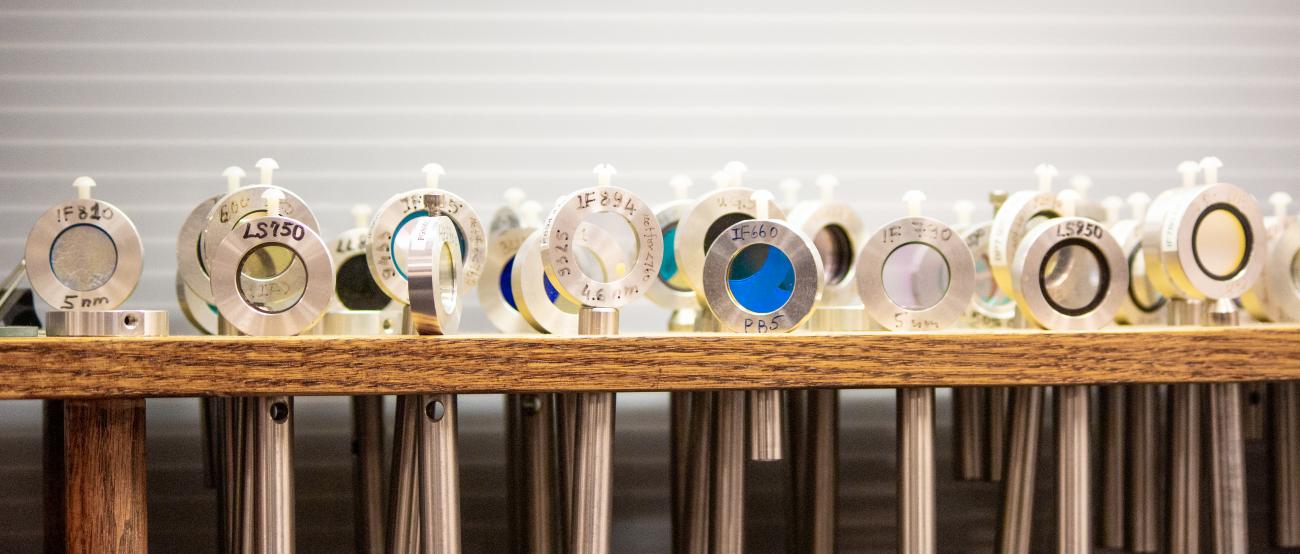
Nanoscience and Materials Physics
At the nanometer length scale, materials and structures behave differently, which offers exciting opportunities for scientific discoveries and technological advances. We use the tools of physics to create, probe, and understand new materials and atomic-size structures that will enable future technological breakthroughs.
Overview
Materials physics attracts a high fraction of physicists worldwide not only by virtue of the immediate technological impact of its advances, but also because the theoretical tools developed to understand emerging properties, such as superconductivity or ferromagnetism, can be applied in all other areas of physics. Our group has a very broad range of interests, from the synthesis of new materials with lower dimensionality to the use of atomic-size probes to understand the observed properties in terms of the most elementary atomic constituents. Our faculty and students devote a significant effort to the development of new experimental and theoretical tools that will make it possible to achieve a deeper understanding of materials properties, from electron holography to thermodynamics at the nanoscale.
Why Nanoscience & Materials at ASU ?
ASU is one of the few institutions worldwide where a true interdisciplinary critical mass has been achieved for materials research, with more than 100 faculty members scattered across departments and colleges working together on diverse nano-science and materials physics projects. Large-scale facilities for materials synthesis, nano-fabrication, ion-beam scattering, electron-microscopy, diffraction-physics, optical spectroscopy, and supercomputing are available on campus.
In particular, ASU is the world’s leading university in the field of sub-angstrom resolution electron microscopy, and will soon be home to the first table-top free electron laser for materials research. Students find that most materials science facilities they need to pursue their research are available on campus, and that each of these facilities are used by other students and faculty members who can provide the key insights to advance any project.
